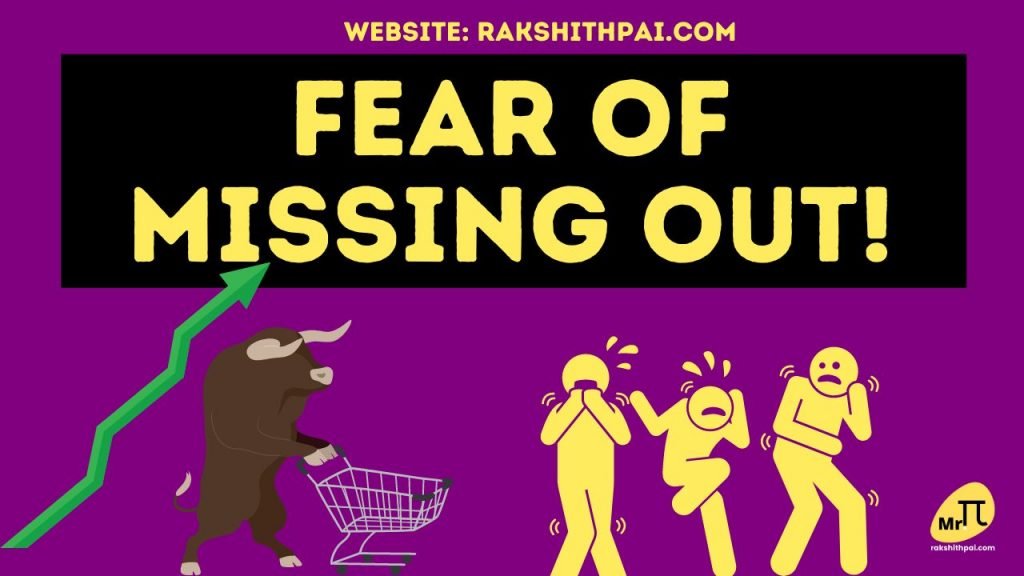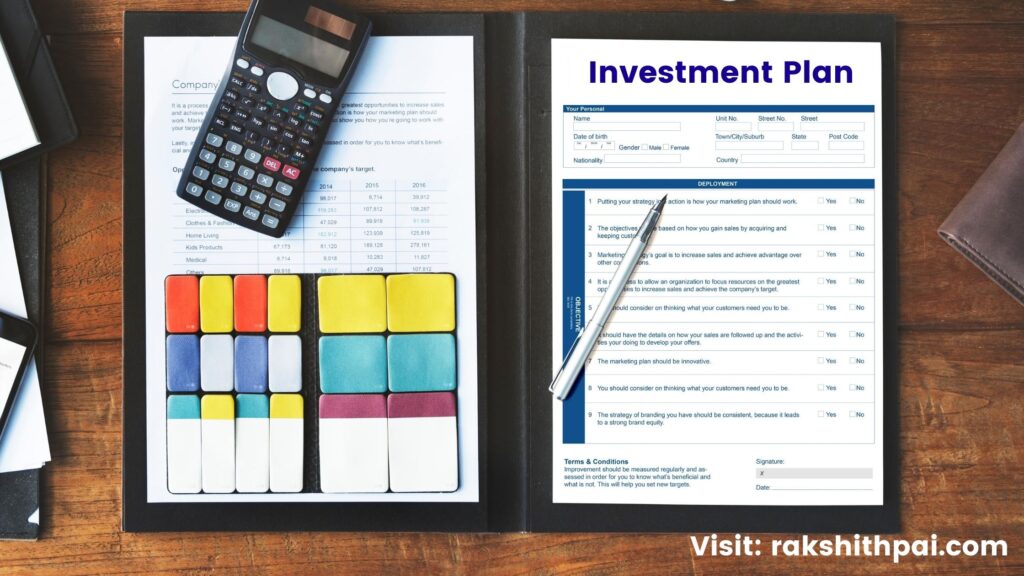Table of Contents
Introducing Minimalism in Investing:
Contrary to what television commentators, your neighborhood life insurance salesperson, or advertisements from financial counseling firms would have you believe, you do not require a wide selection of financial products.
Simply said, there are too many stocks, bonds, exchange-traded funds, mutual funds, and Robo-advisors to pick from. And even after you’ve chosen your investments, checking your portfolio regularly, even at late midnight if you live in Asia during the US market’s open hours, can become a daily job.
Too much flickering is not worth the effort!
When developing a financial strategy for 2023, minimizing complexity is a good place to start. This may entail lowering your financial portfolio’s size, combining accounts, or automating retirement contributions.
Simply defined, the goal is to limit the amount of brain space you allocate to financial management and instead concentrate on the areas of your life that truly deserve attention (areas that only you can define).
Three (3) minimalist tips to declutter your financial life:
Declutter Finance
Finance is not as complicated as one visualizes it to be. It may be at times, but it need not be for everyone, all the time.
From where we were to where we are today, every sector, industry, and business has had its fair amount of change and so do the Finance business. Similarly, today, we have got products offered by Mutual Funds, and PMS and such passive investing is easier now than ever.
In fact, other than handing over the money to these institutions, an investor is required not to do anything but wait.
How easy could it get?
If you are someone who truly understands the importance of Investing but for one reason or the other, unable to dedicate time for investing then worry not for we have some of the best performing and trustworthy Fund managers in the industry. They’ll do it all for you for a bit of a fee. And, it’s all worth it!
Please read all the terms and conditions before investing. Approach your CA or CFP for more informations.
Concentrated Investing
Invest in that what you know is an apt sentence. In concentrated investing, we investors invest in such stocks, sectors, and schemes that we truly understand well. In fact, this is one of the key suggestions laid down by the world-famous investor Mr. Warren Buffett.
“Know your circle of competence, and stick within it.”
Mr. Warren Buffett
A circle of competence is the topic area that corresponds to an individual’s abilities or expertise. Mr.Warren Buffett and Mr.Charlie Munger coined the term “mental model” to refer to the practice of limiting financial investments in areas where an individual may lack understanding or experience, concentrating on areas of the greatest familiarity, and emphasizing the importance of aligning one’s subjective assessment of one’s own competence with actual competence.
SIP as opposed to Lumpsum
Every step you take in life has to have a part of discipline. With regards to investing, all that’s demanded from you apart from the above 2 points is to “Stay Invested” and “Keep Investing”.
A Systematic Investment Plan (or SIP) is a method of investing in mutual funds. As the name implies, it is a systematic way of investing predetermined sums of money on a recurring basis. This can be done on a monthly, quarterly, or semi-annual basis, for example. When you invest consistently in this manner, meeting your financial objectives can become easier.
When you invest in a SIP, you invest a predetermined amount of money over a specified period of time. This sum enables you to purchase a certain number of fund units. If you do this for a long period of time, you will have the opportunity to invest in the fund through both highs and lows. In other words, you do not need to time the market in order to make an investment. Market timing can be dangerous, as one may invest at the incorrect time. SIP investments eliminate this element of uncertainty.
After determining the duration and frequency of your investments, you can choose to automate them. Give your bank a standing instruction to transfer the funds straight from your bank account to the mutual fund SIP of your choice on a certain monthly (or quarterly, etc.) basis.
Portfolio gone rogue!
The question asked here is – “I have over 50 stocks in my portfolio. How can they be reduced? Or should I reduce my diversification? “
If I could count the number of times someone had asked me this question, the numbers would run high! It’s almost a daily occurrence where an investor has invested in “n” number of stocks with no reason why he/she invested in the first place.
And, over a period of time, the portfolio has gone rogue and is bleeding red! It’s at this point, the investor realizes that he/she has to do something. But, all they can do is cut losses as little as possible.
Look, diversifying your portfolio is nothing but a way of minimizing your risk. But, you shouldn’t go too extreme and over-diversify! It is important to diversify your portfolio but see that you don’t hold more companies in your portfolio than you could handle. An individual with a full-time job can generally manage a 15-to-30 stock portfolio. I would suggest being at the lower end and holding no more than 15 stocks in your portfolio.
Why is having over 30 stocks a bad idea?
A listed company comes up with 4 quarterly statements, 1 annual statement, multiple reports, and, at times, some news articles and con calls, etc. Now, with over 30 companies in your portfolio. This will become a problem. Imagine reading 120 quarterly reports a year. That’s like reading one report every three days. Which might seem doable. But, as you all know, the quarterly statements come all at once! As a result, it is extremely difficult to read, comprehend, and make an informed decision. So, why pressurize yourself with all these hassles? It’s better to have 15-20 stock portfolios, so you can manage them well.
Should I reduce my portfolio?
The answer is two ways.
1. If you are over-diversified, then yes, you should consider reducing your portfolio allocation. Thus, you can concentrate on good companies and build a core portfolio of your liking.
2. It’s a fact that we are in one of the most aggressive bull runs in over a decade. And, this comes at a price. The price is that nothing seems undervalued. Almost all the companies are valued highly, and we are waiting for better quarterly reports to justify such valuation. When the situation is such and the stock market has rallied very well. It’s usually the time to profit booking.
Profit booking is an art. It’s where we sell part of the complete portion of our portfolio in hope that it’ll fall in the near future and maybe get back in later days. You may not succeed each time. But, it is suggested to do it once in a while.
How to reduce my portfolio?
The stock market is the best asset class out there. And, you shouldn’t go completely out of the market ever! So, no matter where the market is. Have a Mutual Fund or an ETF and keep funding this account as in SIP. And, if you are unsure of how to construct a portfolio. To know more about Portfolio Construction, CLICK HERE!
Now, to reduce your portfolio. Check the current valuation, and see if the valuation sustains!
How we know whether the valuation is sustained is that the company needs to give better quarterly statements that could justify the company’s current valuation. Meaning, if you are optimistic about the company’s future progress and growth and if the market also feels the same, then, your investment will be good. And, if you feel that the company is not giving good results and the market also has a bad opinion over the company then, it’s time to reduce your allocation in the company.
So, I hope this answers some of your questions.
How to reduce my portfolio allocation?
Before knowing how to reduce your portfolio allocation, you need to know how to have a well-allocated portfolio. I have made a detailed video on this topic. CLICK HERE!
Just know this. You need to have a portfolio with companies from all the major sectors in it. Sectors such as banking & NBFC, FMCG, auto, pharmaceuticals, IT/Technology, etc. So, this way, even if one part or one sector of the economy is hurt due to some reason, your portfolio won’t be disturbed much.
Now, check your current portfolio. List down all the names, and in the next column, list the sector they represent. This way, you’ll know which sector dominates or which sector you’ve undermined in your portfolio. If you are not fond of any particular sector, like reading and understanding a sector is difficult for you, but you are interested in investing in it, then consider owning an “ETF” in the respective sector.
And, reduce direct investments in those that you don’t understand. So, if you have over 30 stocks, then this is the best time to reduce your holdings in such a company that you don’t understand. Because of this bull run, almost all companies have had their fair share of bullishness, and it is the best time to restructure your portfolio.
For more Information, Check this Video:
Disclaimer: All the information on this website is published in good faith and for general information purposes only.









